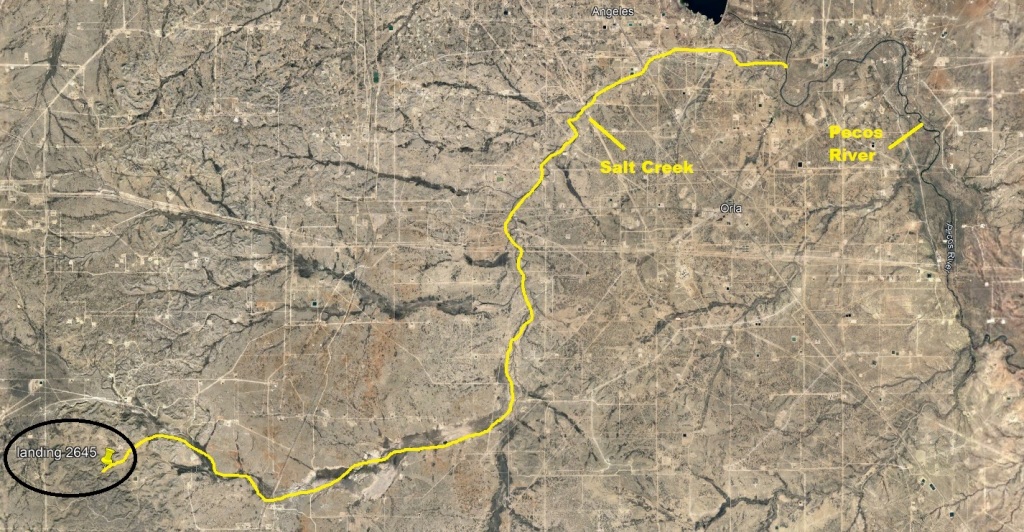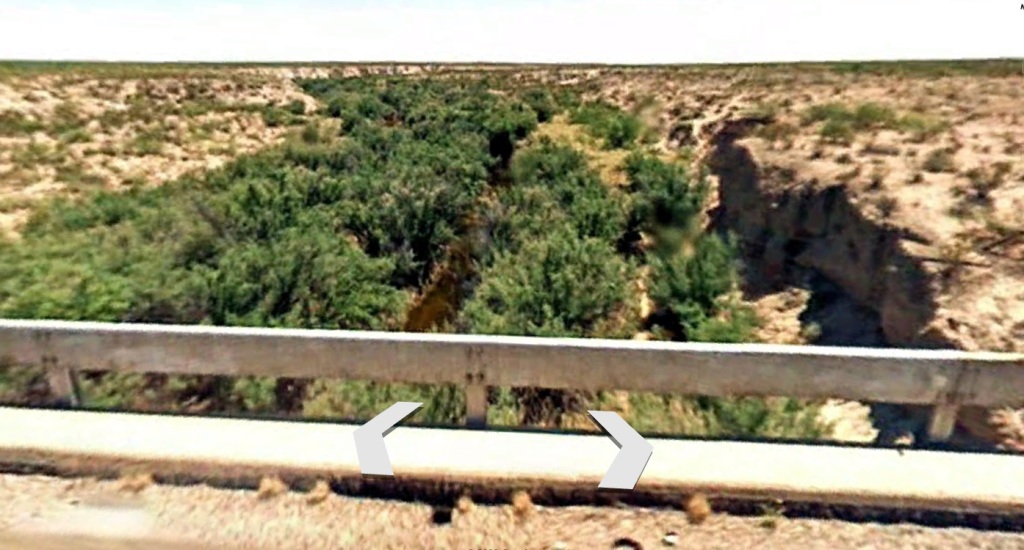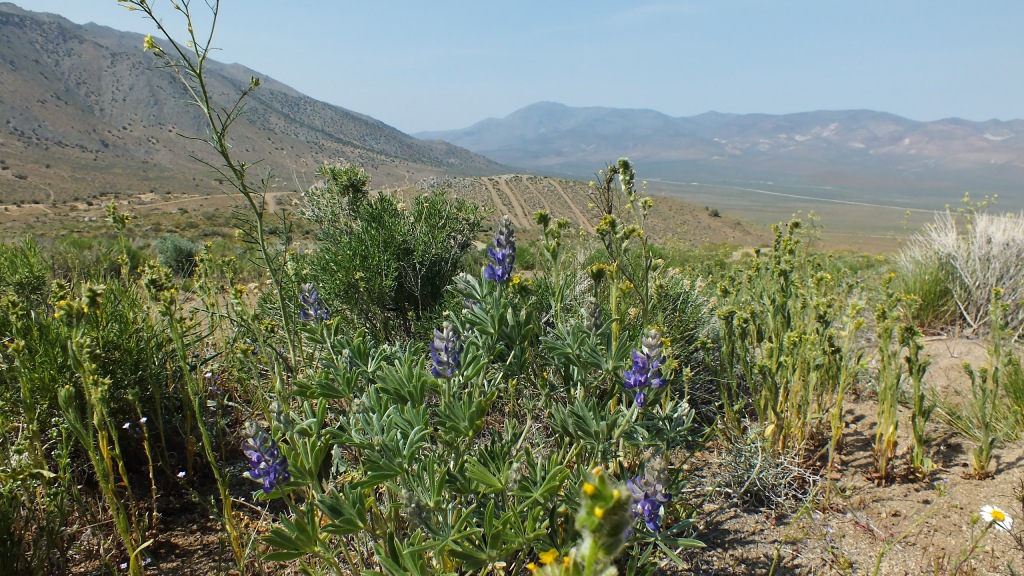First timer? In this formerly once-a-day blog (and now pretty much a once-a-week blog) I use an app that provides a random latitude and longitude that puts me somewhere in the continental United States (the lower 48). I call this “landing.”
I keep track of the watersheds I land in, as well as the town or towns I land near. I do some internet research to hopefully find something of interest about my landing location.
To find out more about A Landing A Day (like who “Dan” is) please see “About Landing” above. To check out some relatively recent changes in how I do things, check out “About Landing (Revisited).”
Dan: In my last post (obviously Loving County, Texas), I presented a good ol’ country song written and performed by Charlie Robison – a tragic tale of a man and his lost love. So, if you happened to read (and remember) my last post, read on. If you didn’t read it (or don’t remember it), please scroll down and check it out (at least the part about the song) before coming back here.
Anyway, the lyrics to the song were a little confusing and I concluded that it needed another verse for clarification. Here’s what I said:
“The song needs another verse that talks about the sheriff being the murdered woman’s husband; him finding the girl with her ring and taking it from her, and then going to look for the murderer. I’ll work on that, and come up with a “revisited” post if I come up with a worthwhile new verse . . .”
Well, here’s the song with the lyrics (and my extra verse) below. I presented my added verse in red:
Well, I loved a girl
She lived out in Pecos, and pretty as she could be
And I worked the rigs on out in Odessa
To give her whatever she needs
But that girl, she run with an oil company bum
‘Cause the diamond was not on her hand
And he left her soon ‘neath the big loving moon
To go out and X-ray the land
Now I sit in my car at the New Rainbow Bar downtown
And the frost on the windshield shines toward the sky
Like a thousand tiny diamonds in the lights of loving county
Well, l walked in that bar and I drank myself crazy
Thinking about her and that man
When in walked a woman, looking richer than sin
And ten years worth of work on her hand [referring to the ring on her finger]
Well, I followed her home and when she was alone
Well, I put my gun to her head
And I don’t recall what happened next at all
But now that rich woman, she is dead
Now I drive down the highway
Ten miles from my sweet baby’s arms
And the moon is so bright it don’t look like night
And the diamond how it sparkles in the lights of loving county
But she opened that door and I knelt on the floor
And I put that ring in her hand
Then she said, “I do” and she’d leave with me soon
To the rigs out in South Alabama
Well, I told her to hide that ring there inside
And wait ’til the timing was good
And I drove back home and I was alone
‘Cause I thought that she understood
The next night an old friend just called me to wish us both well
He said, he’d seen her downtown, sashaying around
And her diamond how it sparkled in the lights of loving county
As fate would have it, the sheriff’s wife
Was the woman that I shot
He found my girl and took back the ring
And vowed that I’d be caught.
Well that sheriff, he found me out wandering
All around El Paso the very next day
You see, I’d lost my mind on that broken white line
Before I even reached Balmorhea
Well, now she’s in Fort Worth and she’s just giving birth
To the son of that oil company man
And they buried that poor old sheriff’s dead wife
With the ring that I stole on her hand
And sometimes they let me look up at that East Texas sky
And the rain on the pines, oh Lord, how it shines
Like my darling’s little diamond in the lights of loving county
Much better, don’t you think?
In my last post I said nothing about he singer/songwriter: Charlie Robison. He was one of those singer/songwriters who’s really good at what he does, but flies beneath the radar of most folks (outside of Austin). He doesn’t have a day job, makes enough money to hire decent bandmates, tours all year long, and has enough left over to live a pretty good life.
But good ol’ Charlie had some health issues, and tragically died just this last September at the age of 59.
So, if Charlie were alive, I’d send him my new lyrics – not really thinking that he’d incorporate them to his song – but I’d figure what-the-heck.
So what are the odds that a musician who covers Charlie Robion, reads my blog (or is told about it) and decides to add my verse? The odds are not 0.00000%, but damn near close to it. Oh, well . . .
That’ll do it –
KS
Greg






























